Matching Music to a String Orchestra's Skill Level
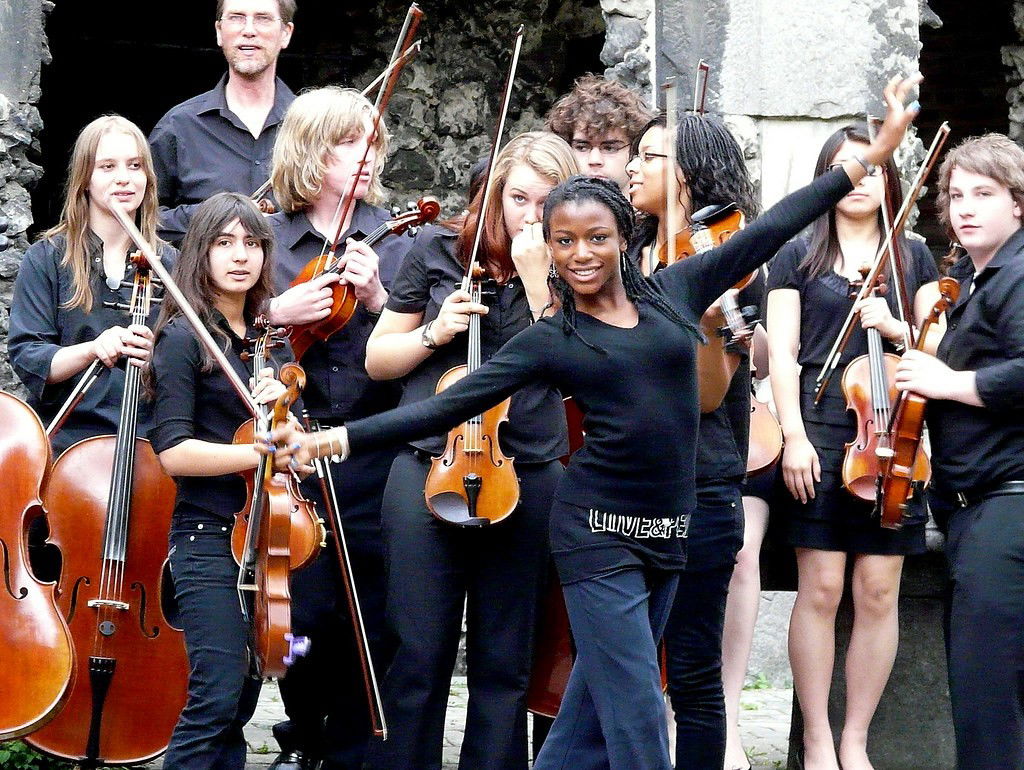
Introduction
The sound of a string orchestra can be rich, mellow, bright, exciting, and somber. No matter how it sounds, it is a testament to the beauty of classical string music. To make the most of the potential beauty that a string orchestra can generate, and to create a captivating performance, it is crucial to match any music being considered for the group to the skill level of the ensemble.
This process can be daunting, especially for middle and highs school orchestra teachers. Not only do they teach students how to play better, but they need to find the best possible music for them to play. This situation can be an opportunity for the director to employ the Pygmalion Effect, a process by which a person or group of people are expected to behave or perform at a level slightly above what they are currently capable or are perceived to be capable. Most of the time, this results in an improvement in behavior or performance. In short, people tend to rise toe the new level of expectation, as long as that next step is only as big as it needs to be.
This article explores the art of selecting music that complements a string orchestra's abilities, ensuring a rewarding and memorable musical journey for both musicians and listeners.
Understanding the String Orchestra
Before delving into the intricacies of selecting appropriate music, it is essential to have a profound understanding of the string orchestra in question. Several factors must be considered:
1. Instrumentation: Typically, a string orchestra is made up of violins (first and second), violas, cellos, and double basses. In some situations, there may be a gap in instrumentation, most likely a lack of double basses. This may be due to a lack of musicians able to play the missing instruments, or a lack of funds to purchase those instruments, especially double basses, which can cost several thousand dollars.
In the case of a lack of double basses, it may be necessary to find music for a string quartet. If another instrument is missing, e.g., violas, it may be necessary to find specific arrangements, which could be a challenge. If that is your situation, you can Contact Us at Salt Cellar Creations and we can create a custom arrangement of one of our original or public domain pieces that will work for your situation at little to no cost.
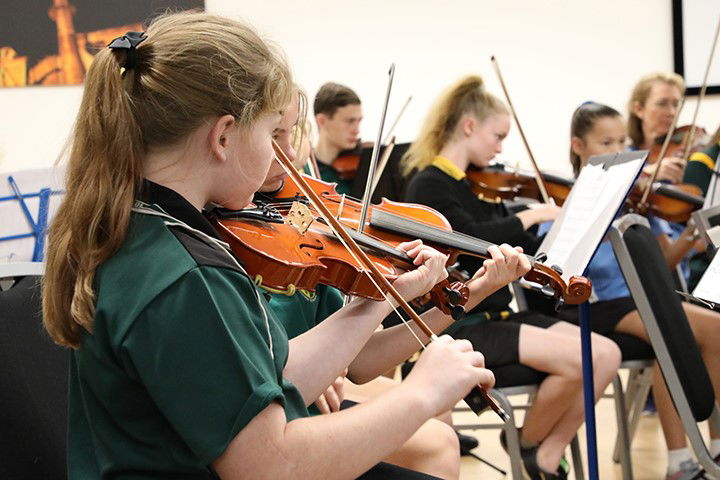
2. Skill Level: The director would need to assess the skill level of the orchestra. Are they beginners, intermediate, or advanced musicians? Far too often, there is a range of skill levels. This will significantly impact the complexity of the music they can tackle.
Another thing to keep in mind is that if there are a very few players who are at a much higher skill level than the rest of the ensemble, it may be tempting to use music that would be satisfying for them to play, while being a bit of a challenge for the rest of the group. This challenge may work well for using the Pygmalion Effect, but those who are the excelling players may be gone the next year. This is especially true in a school setting where the best players are juniors and seniors and will graduate. The music that was purchased would then have to be shelved until another group of excellent players is found in the ensemble.
3. Experience: Consider the collective experience of the ensemble. Have they performed together extensively, or are they relatively new to collaboration? Have they performed much at all, as a soloist or as a group? This can influence the level of cohesion in their performance.
A less experienced group would probably need to play music that is mostly or all homophonic while a more experienced group could play polyphonic works of a variety of difficulty levels.
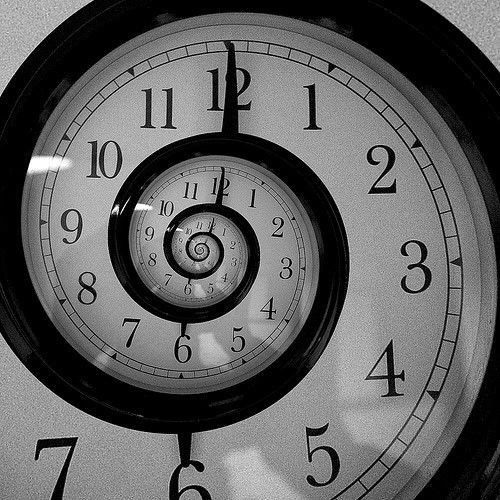
4. Rehearsal Time: Consider the amount of time available for rehearsal. Most community string orchestras can only rehearse once a week, with a few extra rehearsals right before a concert. Some schools can only offer music classes as electives two or three days a week.
More challenging pieces may require more rehearsal time, so it is vital to select music that aligns with the group's schedule. Of course, each musician should be practicing alone to work out any issues that they may have with the music. This time can keep rehearsal time at its current level, or even reduce it somewhat.
5. Musical Preferences:
- If the orchestra is a middle or high school group, it might help to understand the musical preferences of the orchestra members. Do they have a penchant for classical, baroque, romantic, or contemporary music? This information will guide your repertoire selection. It’s always better to have at least a few pieces with which they can identify. Then, there needs to be an introduction to music of different genres, styles, and historic periods. This, too, is a place for the Pygmalion Effect in helping to expand the students’ taste in and appreciation of the wide world of music.
- Of course, if the orchestra is a professional ensemble, the repertoire will probably be chosen based on some theme or other method chosen by the conductor or some controlling board.

Choosing Appropriate Repertoire
Once you have an adequate understanding of the string orchestra, you can embark on the process of selecting suitable repertoire. Here are some steps to guide your selection:
1. Listen and Explore: Begin by listening to a wide range of string orchestra music. This should include different eras, styles, and composers. Familiarizing yourself with the vast repertoire available will help you make informed choices. For a school group, this process can start with the suggestions from them. Some of the music they prefer may actually suggest a connection to some “classical” style. It would help broaden their knowledge and appreciation of different kinds of music if they became aware of the construction of the older music and how its form and other components were used to create the newer music.
Salt Cellar Creations has a growing library of a variety of music for String Orchestra. Explore the options HERE.
2. Consider Technical Difficulty: Choose music that aligns with the orchestra's technical abilities. For beginners, simpler pieces with straightforward melodies and rhythms are ideal. Intermediate and advanced groups can handle more intricate compositions. Here is even another good place to employ the Pygmalion Effect. So, while matching new music to an orchestra’s current skill level is good for playing comfortably, sometimes an orchestra director needs to use a piece that is slightly more difficult than the ensemble can currently play. With the proper enthusiastic presentation and encouragement, many groups can improve their performance and confidence through the use of this process.
3. Balance the Ensemble: Ensure that the music provides opportunities for all sections of the orchestra to shine. Well-balanced orchestration allows each instrument group to contribute to the overall sound. Violins tend to get to shine most of the time, but violas and cellos each have their own wonderful, unique voices to add. Even a double bass can add its own resounding voice as a solo at times.
4. Musical Variety: Aim for variety in your repertoire selection. This includes considering different tempos, moods, and musical forms. Diversifying the music keeps rehearsals engaging and performances captivating. When preparing a concert repertoire, the director can present a cohesive concert by making sure that each piece is an example of dance styles, marches, or even Christian music from different eras.
5. Alignment with Goals: Align your choices with the orchestra's goals and objectives. Are they preparing for a competition, a public concert, or an educational workshop? The context can influence your selection.
6. Custom Compositions and Arrangements: In some cases, you may not find existing music that perfectly suits your ensemble. In such instances, consider commissioning custom compositions or arrangements tailored to the orchestra's strengths. (See the end of the article for options from Salt Cellar Creations for finding or commissioning a new or public domain work.)
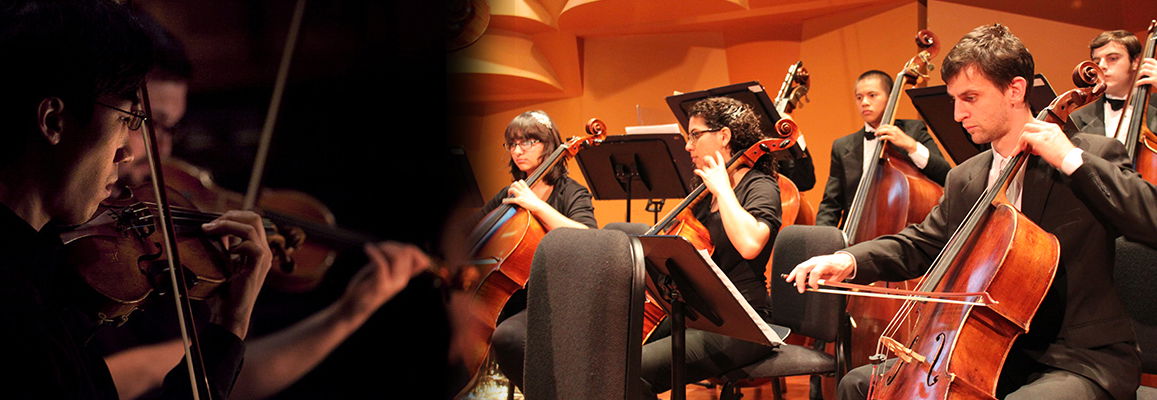
Rehearsal and Performance
With the repertoire selected, it is time to delve into rehearsals. Effective rehearsal techniques are essential to bring out the best in the orchestra:
1. Individual Practice: It does no ensemble any good to gather for rehearsal if its members have not spent the required time to learn and master their parts. The process is called “woodshedding” by seasoned musicians. It’s called that because it feels like punishment, although it’s really self-correction with an eye on the prize of a higher level of proficiency.
2. Sectional Rehearsals: Divide the orchestra into sections (violins, violas, cellos, double basses) for focused rehearsals. This allows musicians to work on their specific parts, ensuring a cohesive performance. The section leaders will be very useful during sectional rehearsals and will be ale to develop their leadership skills.
3. Technical Drills: Incorporate technical exercises and drills to improve intonation, bowing technique, and overall proficiency. These drills should align with the technical demands of the chosen music.
Etudes are excellent in this situation. They are more than just scales and such, even though they aren’t quite worth performing publicly, except maybe in an emergency situation, such as when a soloist can’t perform at a concert. You can read more about that HERE.
One useful tool, especially when learning new music is to play it extremely slowly so that each finger placement and bow stroke can be determined and learned. Then, increase the tempo incrementally until the right tempo is reached.
Another method that works well in music that has long runs or complicated passages is to play dotted versions of such passages, e.g., a run of eight notes would be played as dotted eighth and sixteenth note pairs. This forces the player’s mind to analyze the motions needed to get from one note to the next. After a few times of doing that, the phrases can be played in the indicated way.
4. Musical Interpretation: Encourage musicians to interpret the music emotionally and artistically. Discuss the historical context, composer's intent, and the emotions conveyed by the music.
5. Ensemble Playing: Foster a sense of ensemble playing by emphasizing communication and listening among the musicians. A well-coordinated orchestra is essential for a harmonious performance.
One way to enable players to hear and understand what the others are playing is to have other parts sing, to the best of their ability, the other parts being played at the same time as theirs.
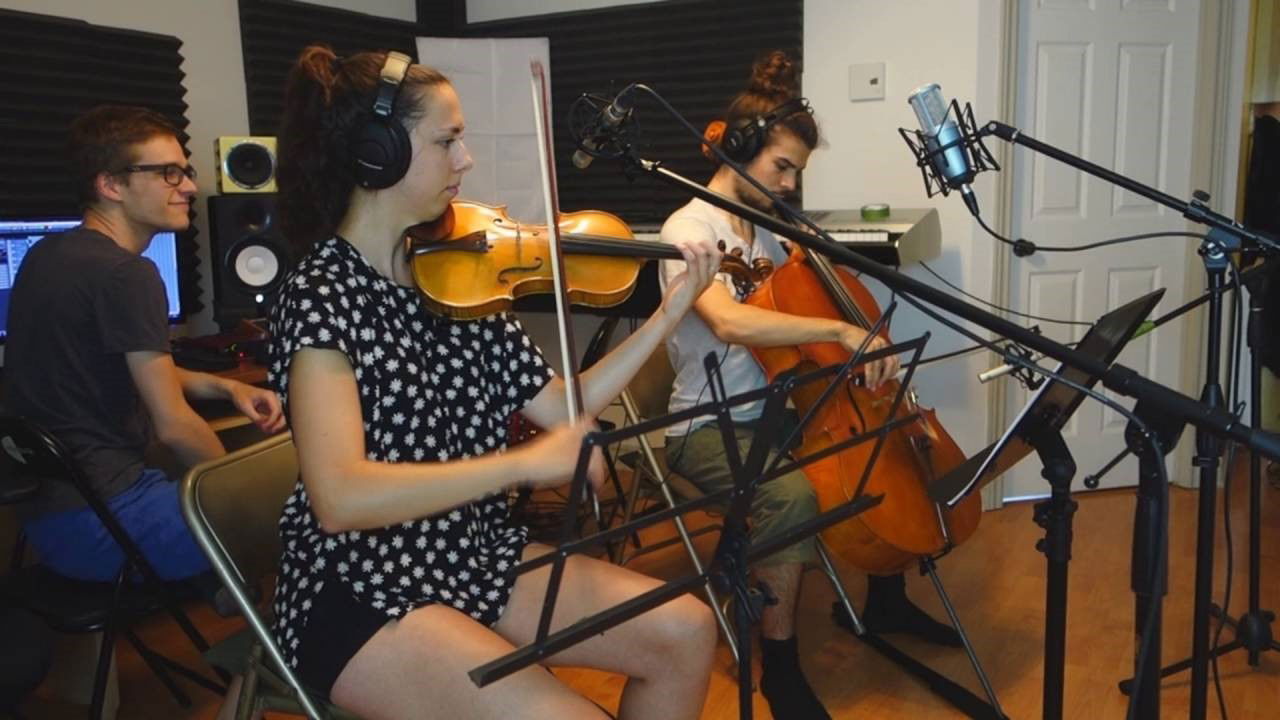
6. Recording and Evaluation: Record rehearsals and performances to provide feedback and track progress. This allows the orchestra to identify areas that need improvement. If the group has the technology, each part could be recorded on a separate track. Then, the players of one part could try to identify the others’ parts by listening to each individual track. This would also give the ensemble an idea of what it’s like to do overdubs in a recording studio.
7. Artistic Expression: Encourage individual musicians to express themselves within the framework of the music. This personal touch can elevate the performance and make it more engaging for the audience. Certain techniques and devices can be borrowed from vocal and wind instrument performances.
Singers sometimes use a pop gliss, not a full glissando, but the first half of it. This would be played on a string instrument by slightly rolling the finger on the left hand slightly away from the bridge just before changing to the next note.
Rock and jazz brass players stop each note by placing the tongue in the hole in their lips through which the air moves. This creates a “hard” ending to the note as compared to a classical brass player who imply stops the air movement with the diaphragm. A string player could do the same by roughly removing the bow from the string.
Of course, for any expression to be artistic, it would need to be done by the ensemble as a whole. Sixteen or more musicians all doing something different to express themselves would create cacophony.
In Summary, matching music to a string orchestra's skill level is a delicate and rewarding endeavor. It requires a thorough understanding of the orchestra's composition, skill level, and goals, as well as careful repertoire selection and effective rehearsal techniques. When executed thoughtfully, the result is a harmonious and captivating musical experience that showcases the true beauty of a string orchestra's sound. Whether performing classical masterpieces or contemporary compositions, the harmony achieved resonates with both musicians and audiences, creating lasting musical memories.
Salt Cellar Creations understands the beauty and power that a String Orchestra can convey and the challenge that string orchestra directors face in choosing the best music for their ensemble. SCC and has a growing library of original works and arrangements to help meet the needs of string teachers and directors Find out more about what Salt Cellar Creations has to offer for String Orchestras HERE. Explore the available music HERE.
SCC can also compose an original piece for you or do a custom arrangement for you to allow you to showcase your group. There are two ways that this can be done; one is much more affordable than the other. CONTACT US for more information. And SCC is always looking for ideas of pieces to arrange or suggestions for original pieces.
We have sold music not only in the US but in Canada, the United Kingdom, France, Australia, and New Zealand, Austria, and Germany. Please visit the WEBSITE or CONTACT US to let us know what we can do for you!